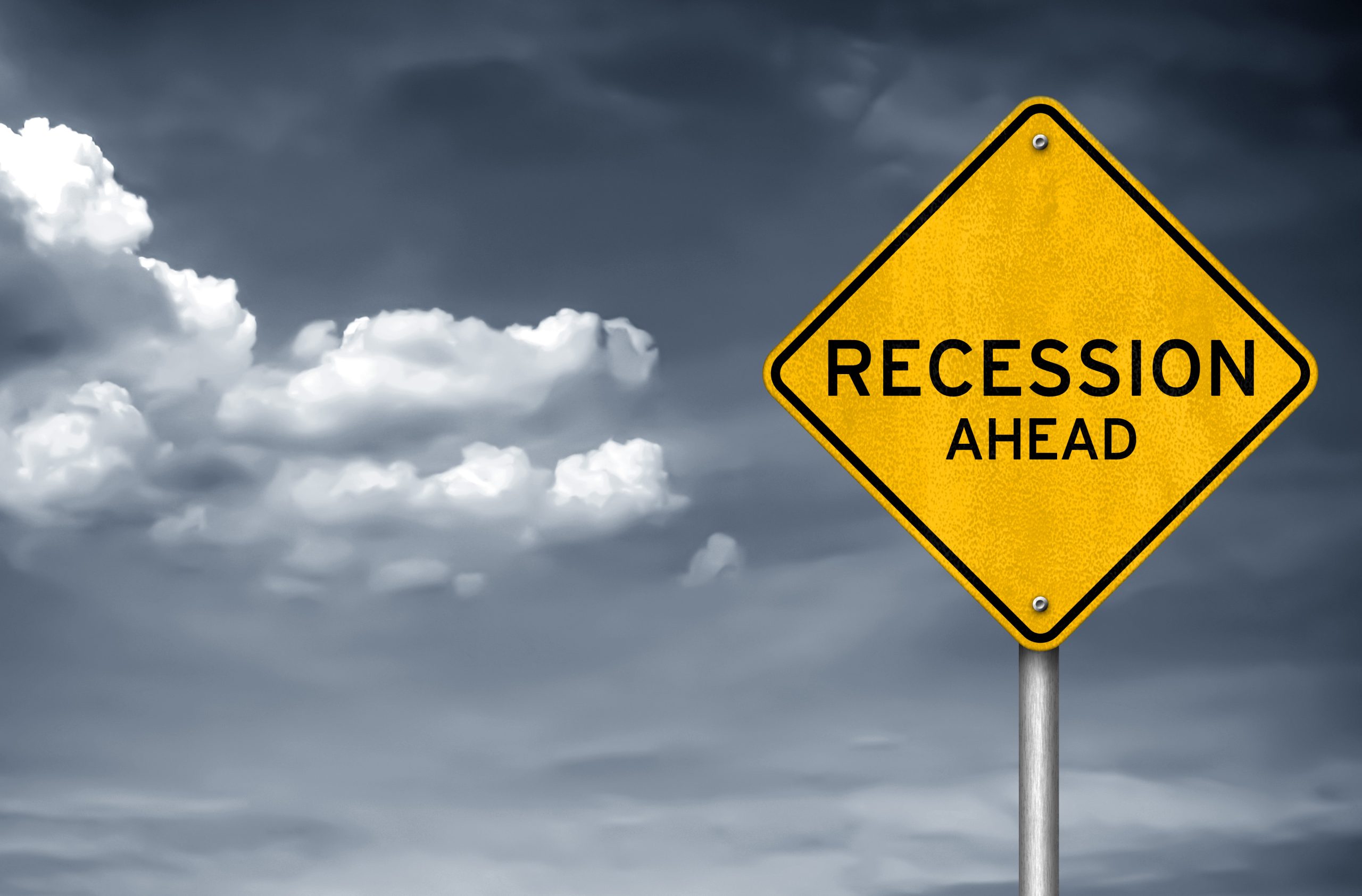
Deutsche Bank has delved into centuries of economic data, unearthing potential indicators of imminent recessions and deciphering patterns that span across 323 years of global economic trends. This exploration of economic cycles includes a list of recessions, expansions, and market downturns dating back to the 1700s, meticulously dissecting the triggers and warning signs behind historical recessions.
The analysis has identified four core criteria that predominantly signal an impending recession. Disconcertingly, the recent trends in the U.S. economy have fulfilled the final warning sign, echoing a 76% chance of a forthcoming recession.
The four horsemen
Jim Reid and his team at Deutsche Bank calculated a “hit ratio” for each trigger, representing the percentage of times recessions followed these events. They concluded that while no solitary macroeconomic trigger can definitively forecast a recession, the simultaneous occurrence of the four most significant triggers associated with recessions — rapid rise in interest rates, inflation spikes, an inverted yield curve, and oil price shocks — is currently being witnessed. This concurrent manifestation of all the principal triggers is noteworthy as it implies a heightened probability of an impending recession.
1. Rapid Rise in Interest Rates – A 69% Probability:
The most formidable of these horsemen is the swift ascension of interest rates. The augmenting cost of borrowing for businesses and consumers due to rising interest rates is a notorious precursor to economic recessions. Since 1854, the U.S. has seen a recession within three years approximately 69% of the time when short-term interest rates have seen a surge of 2.5 percentage points over a 24-month period. The Federal Reserve has now increased the Fed funds rate by approximately 5.2 percentage points in the past 18 months.
2. Inflation Spike – A 77% Probability:
Inflation, the second horseman, has reared its head with a spike that reached a daunting 9% in June of 2022, retracting subsequently to a comparatively benign 3.7%. Historically, a three-percentage point inflation increase over 24 months leads to a recession within three years 77% of the time. This exemplifies the acute sensitivity of the U.S. economy to inflationary surges, more so than France, the UK, and Germany.
3. Inverted Yield Curve – A 74% Probability:
The yield curve inversion, a scenario where short-term bonds yield more than long-term ones, is the third horseman, exhibiting a 74.1% historical hit ratio in predicting U.S. recessions. The U.S. Treasuries have been entangled in this inversion since July 2022, signalling potential economic distress. This ratio elevates to 79.9% when focused on the period post the 1953 recession.
4. Oil Price Shock – A 45% Probability:
Lastly, the shock of escalating oil prices has been the least predictive of the four horsemen, signalling U.S. recessions 45.9% of the time historically when there is a 25% price spike over a 12-month period. Even a 50% price ascent over a two-year period has resulted in recessions only 48.2% of the time.
While it’s difficult to predict every recession with absolute accuracy using these macro triggers, the convergence of these significant indicators this cycle affirms the heightened sensitivity of the U.S. economy historically. The confluence of these four horsemen doesn’t irrevocably decree a recession, but their synchronous manifestation certainly sets the macroeconomic stage consistent with the historical recessions.
Not all bad
While recessions invariably bring about financial distress and economic contractions, they also serve as a catalyst for economic refinement and evolution. The U.S. has undergone 34 recessions since 1854, each serving as a pruning mechanism, weeding out underperforming companies and industries, thereby allowing for more efficient resource allocation and fostering the endurance and growth of robust companies. Contrary to the prevalent perception of recessions as economic catastrophes, they are integral components of long-term economic growth and productivity enhancements.
Ivailo Chaushev,
Chief Market Analyst
Risk warning:
This article is for information purposes only. It does not post a buy or sell recommendation for any of the financial instruments herein analysed.
Deltastock AD assumes no responsibility for errors, inaccuracies or omissions in these materials, nor shall it be liable for damages arising out of any person’s reliance upon the information on this page.
60% of retail investor accounts lose money when trading CFDs with this provider